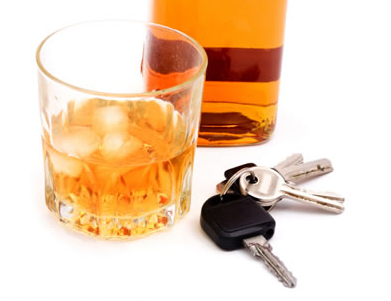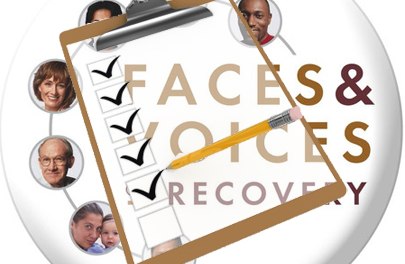Warning: Undefined variable $serie in /home/domains/treatmentandrecoverysystems.com/docs/wp-content/plugins/wp-series-manager/wp-series-manager.php on line 264
And How Well?
I’ve read quite a bit of research on the subject, and had some thoughts about the effectiveness of sanctions in reducing drunk driving. Most jurisdictions now use both Court-imposed sanctions and treatment to address DWI, so it’s worth looking at how well the sanctions are working.
Generally, recidivism is measured in terms of rearrest. Not all that great a measure — for one thing, current research projects that a typical offender drives under the influence 50 to 200 times for every time he/she gets arrested. That suggests a fairly chronic behavior pattern rather than a simple case of poor decision-making. Behavior patterns are more difficult to interrupt. And it also suggests that as a behavior, drunk driving is far more common than simple arrest numbers can hope to demonstrate.
There are often long gaps between arrests. One state estimates around a fifth of offenders are rearrested within three years of the prior conviction. Expand that window to five or ten years and the rate is likely substantially higher. In that context, sanctions that last 12 months or so must be viewed as a relatively short-term measure.
Sanctions
In most states, there are now three common sanctions: license suspension, fines, and interlock devices.
Suspension is apparently most effective when it’s 12-18 months in duration, swiftly imposed (as close to arrest as possible), and when the offender complies with it — meaning he or she isn’t a committed cheater. Research suggests that the deterrent effect of suspension can be lost if there are delays in the process. That puts an extra burden on the legal system. And we’ve all encountered offenders who, for one reason or another, have made the decision to keep driving anyway.
Fines seem to be most effective when swiftly imposed and reliably collected. Once again, the emphasis is on an efficient legal process — a challenge in some areas. The size of the fine, however, doesn’t seem to be crucial. We needn’t send somebody to the poorhouse to get a deterrent effect.
Ignition interlock can have a very positive effect in terms of reducing episodes of drunk driving (which as noted is actually much more common than arrest). Offenders complain about paying for installation, and some of course cheat by using another vehicle or somebody else to provide the sample. I doubt we can expect the deterrent effect to last beyond the interlock itself.
There’s a fourth sanction used in many jurisdictions, the Victim Impact Panel, which doesn’t seem to have much deterrent effect. However, that shouldn’t be the only measure. Such panels may have the ancillary value of increasing motivation for treatment. Might be a better idea to study them as adjuncts to counseling than as standalone sanctions.













